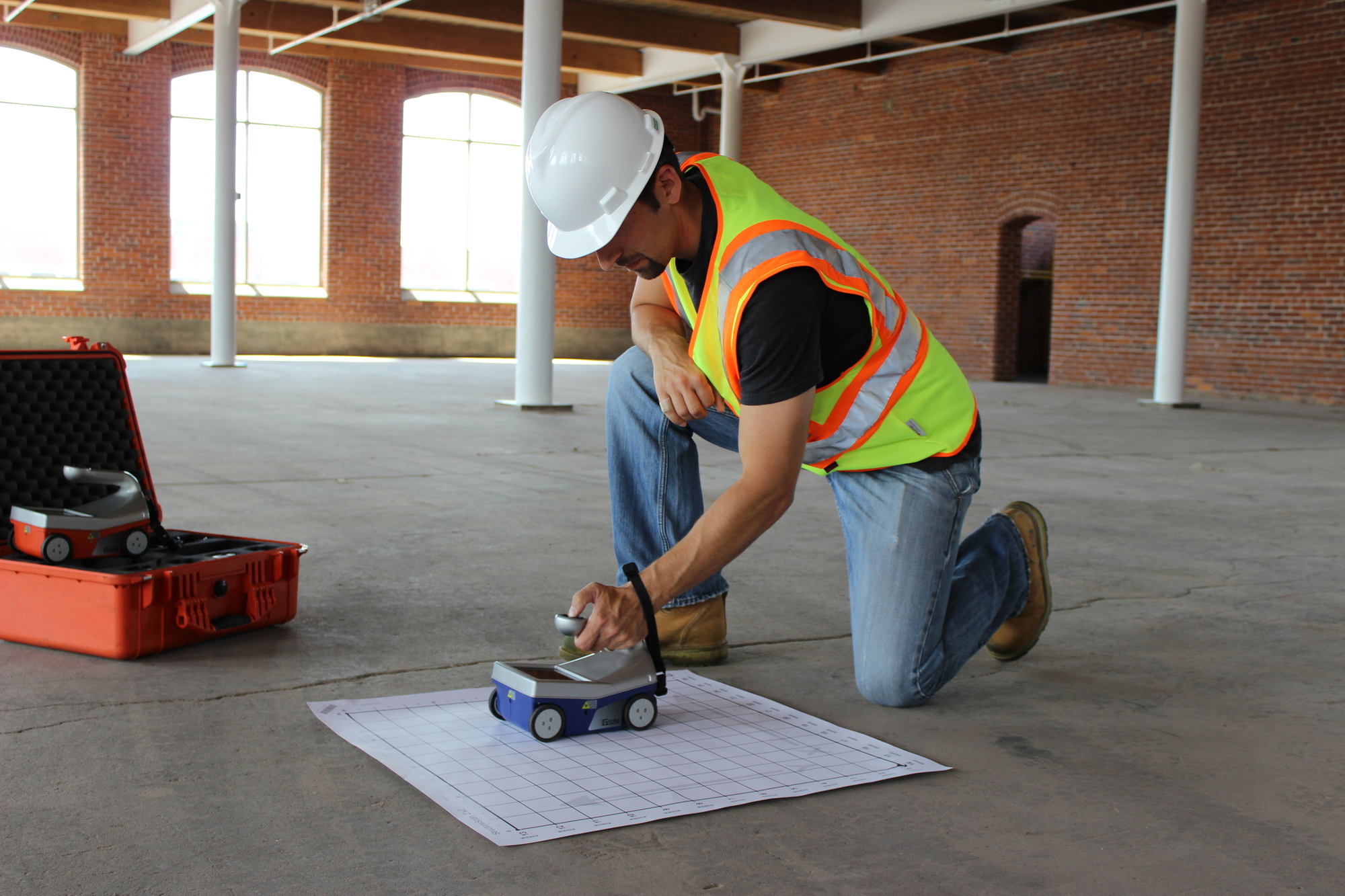Why Select RainierGPR Concrete Scanning for Accurate Subsurface Analysis
Checking Out the Secret Advantages of Concrete Scanning in Construction Projects
In the realm of modern construction practices, the utilization of concrete scanning technology has become a critical tool for guaranteeing project efficiency and structural integrity. From boosting security steps to accurately discovering utilities hidden below the surface area, the benefits of concrete scanning are diverse. The capacity to simplify task timelines and lower expenses while preserving existing frameworks is a testimony to the worth this innovation gives the construction industry. As we dive right into the nuanced benefits of concrete scanning, it becomes noticeable that its effect extends much past surface-level evaluations, using a peek into the intricate internet of advantages waiting to be uncovered.
Enhanced Precaution
Making use of advanced concrete scanning innovation improves safety and security actions on construction sites by offering precise detection of prospective dangers concealed under the surface area. This technology enables construction teams to determine rebar, channels, post-tension wires, and various other blockages before excavation or drilling, substantially lowering the threat of crashes. By determining these elements precisely, workers can stay clear of destructive crucial structural elements, hence protecting against injuries, hold-ups, and pricey fixings.
In addition, concrete scanning plays an essential role in ensuring the honesty of existing frameworks during expansions or improvements. By identifying weak points, voids, or deterioration within concrete components, designers can deal with these issues proactively, boosting the general safety and longevity of the structure. This positive method not just minimizes the danger of structural failures yet likewise reduces the potential for crashes triggered by unexpected structural shortages.
In significance, the implementation of concrete scanning technology acts as an aggressive security step that safeguards both construction workers and the architectural stability of buildings, ultimately adding to the overall success and performance of building and construction jobs. - RainierGPR Concrete Scanning
Accurate Detection of Energies
Concrete scanning innovation assists in specific identification of below ground utilities, improving building and construction site security and performance. Accurate detection of energies is essential in building tasks to avoid costly problems, project delays, and most significantly, make sure the safety and security of workers and the general public. By using advanced scanning technologies such as ground-penetrating radar (GPR) and electro-magnetic induction, building groups can draw up the area of buried pipes, cords, and various other energies with high degrees of precision.

Time and Expense Effectiveness

Concrete scanning innovation makes it possible for building groups to accurately find rebar, post-tension wires, and other ingrained things within concrete structures. This exact details helps in preventing pricey mistakes such as unexpected damages to vital elements during exploration, reducing, or coring activities. Furthermore, by recognizing prospective dangers beforehand, the need for pricey repairs or remodel because of problems can be reduced, bring about cost savings for the task.

In addition, the ability to swiftly and precisely find utilities beneath the surface without triggering any kind of damages not just conserves time but also stops expensive disturbances to existing framework. Overall, the time and expense effectiveness advantages of concrete scanning make it an important tool for improving building task management and execution.
Preservation of Architectural Integrity
Preserving the structural stability of structures and infrastructure is critical in making certain long-term stability and safety. Concrete scanning plays a crucial role in this conservation procedure by allowing construction professionals to identify prospective risks to the architectural honesty of a structure or facilities before they intensify into major issues. Through using advanced scanning modern technologies such as ground-penetrating radar (GPR) and electro-magnetic induction, building and construction groups can non-invasively examine the problem of concrete structures, locate rebar, post-tension cables, and other embedded elements, and identify any gaps, splits, or damage within the concrete.
Improved Job Planning
In order to make sure the effective execution of building tasks, meticulous attention to detail and extensive preparation are necessary parts that stem from a comprehensive understanding of the structural conditions identified through concrete scanning. Ultimately, incorporating concrete scanning into the job planning phase boosts control amongst group participants, fosters proactive problem-solving, and contributes to the successful delivery of building and construction tasks within budget plan and routine constraints.
Conclusion
To conclude, concrete scanning provides various advantages in construction tasks. By boosting safety and security procedures, precisely spotting utilities, boosting time and cost performance, wikipedia reference protecting structural integrity, and assisting in job planning, concrete scanning shows to be an important tool for effective project implementation. Its capacity to minimize dangers, enhance efficiency, and make certain job stability makes it a vital asset for building and construction professionals.
In the world of modern building practices, the use of concrete scanning technology has arised as a critical device for guaranteeing job effectiveness and structural integrity.Concrete scanning modern technology makes it possible for building groups to accurately find rebar, post-tension cables, and other ingrained things within concrete structures. With the usage of innovative scanning technologies such as ground-penetrating radar (GPR) and electro-magnetic induction, building and construction teams can non-invasively evaluate the problem of concrete frameworks, situate rebar, find out here now post-tension cables, and other ingrained components, and recognize any spaces, fractures, or damage within the concrete.
In order to ensure the successful execution of building jobs, thorough focus to detail and comprehensive planning are crucial components that stem from an extensive understanding of the structural conditions determined with concrete scanning. Eventually, integrating concrete scanning right into the job preparation stage improves control amongst group members, promotes positive analytical, and contributes to the successful delivery of construction projects within budget and timetable restraints.